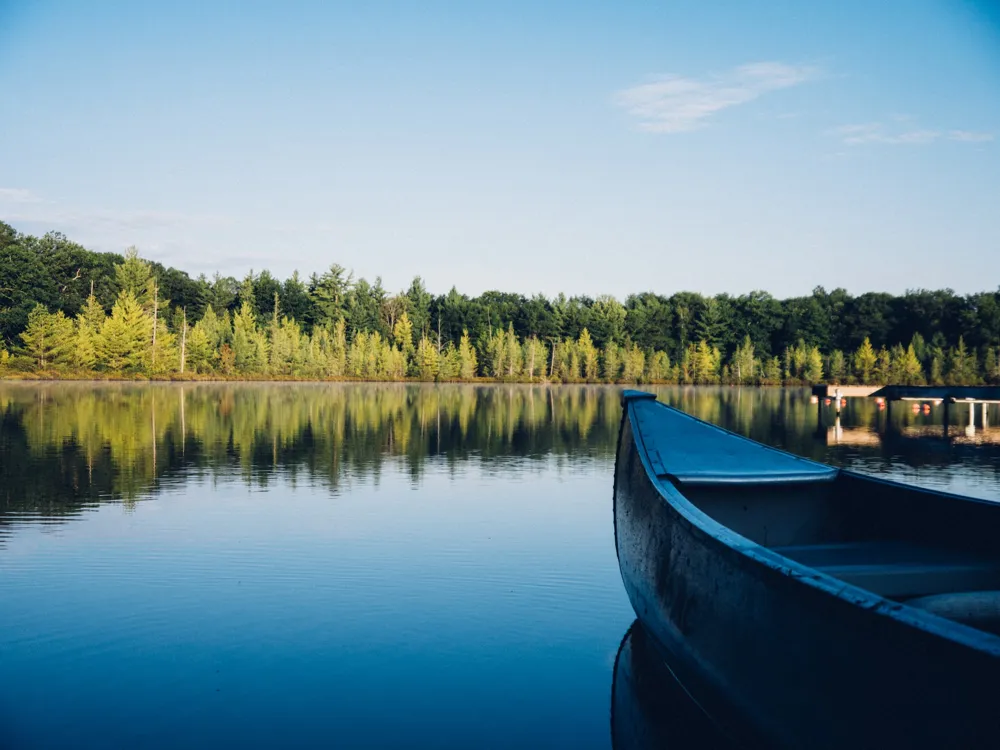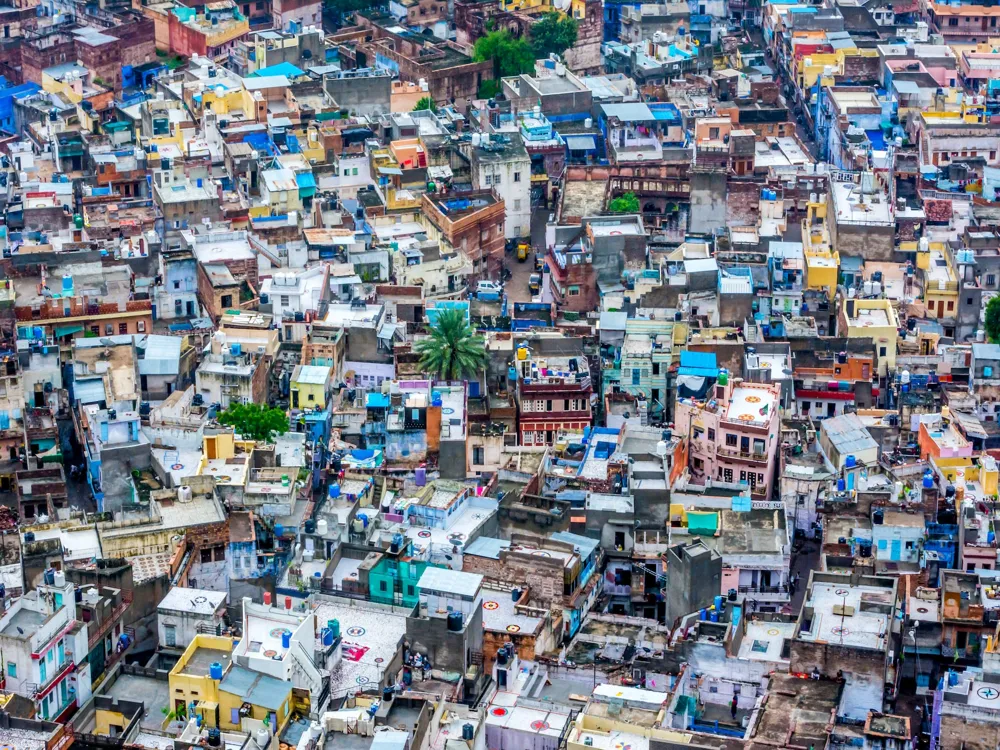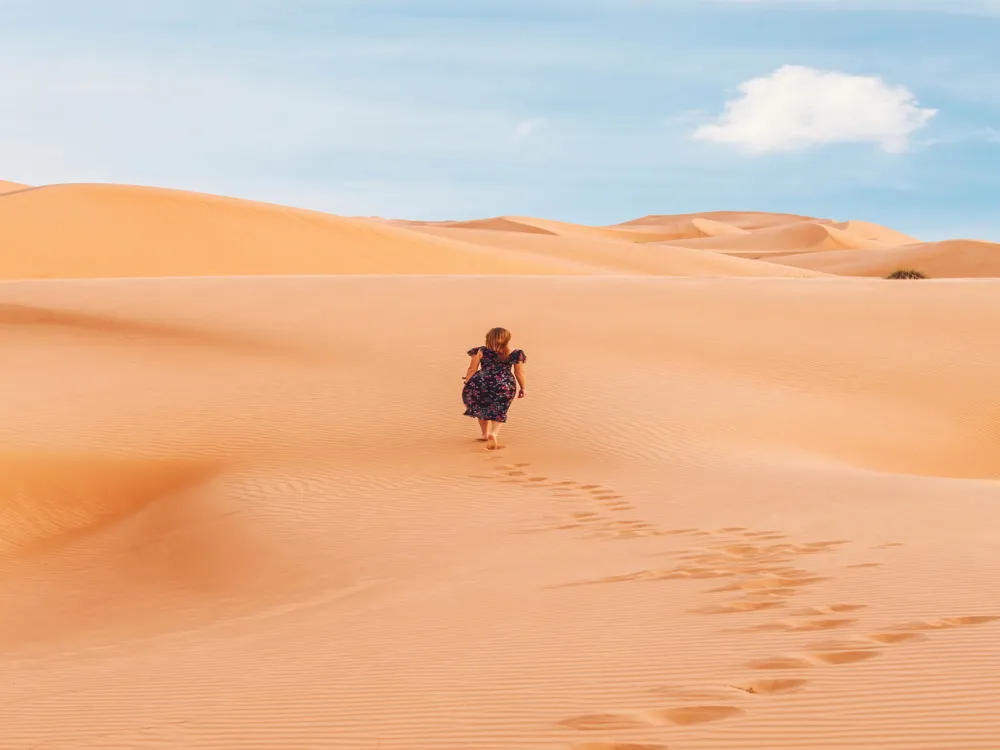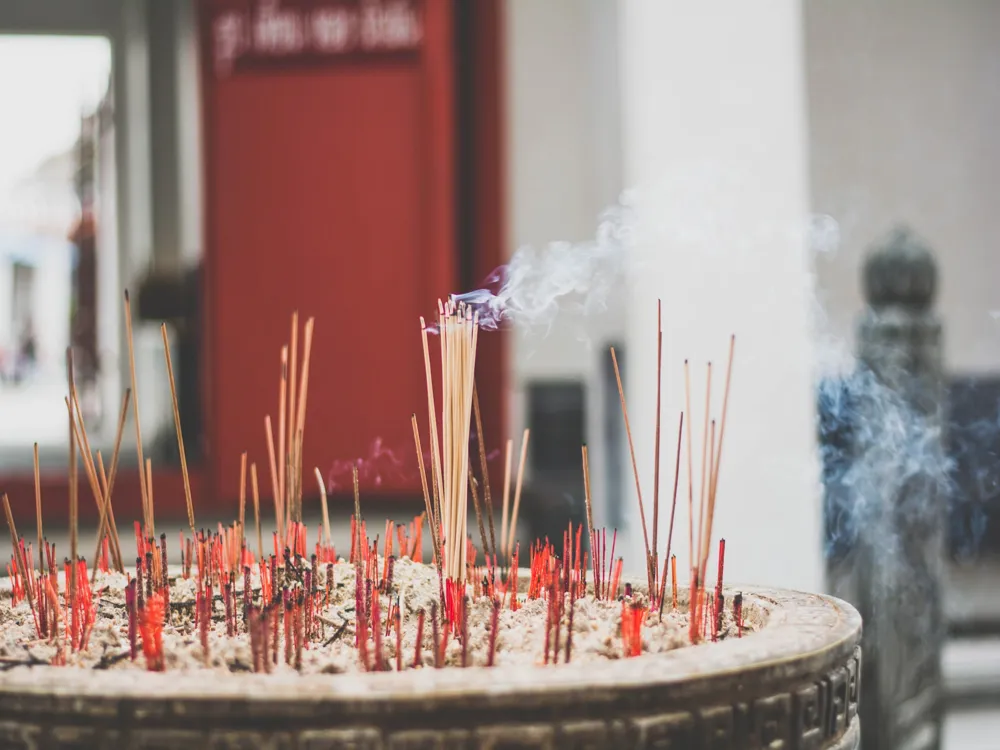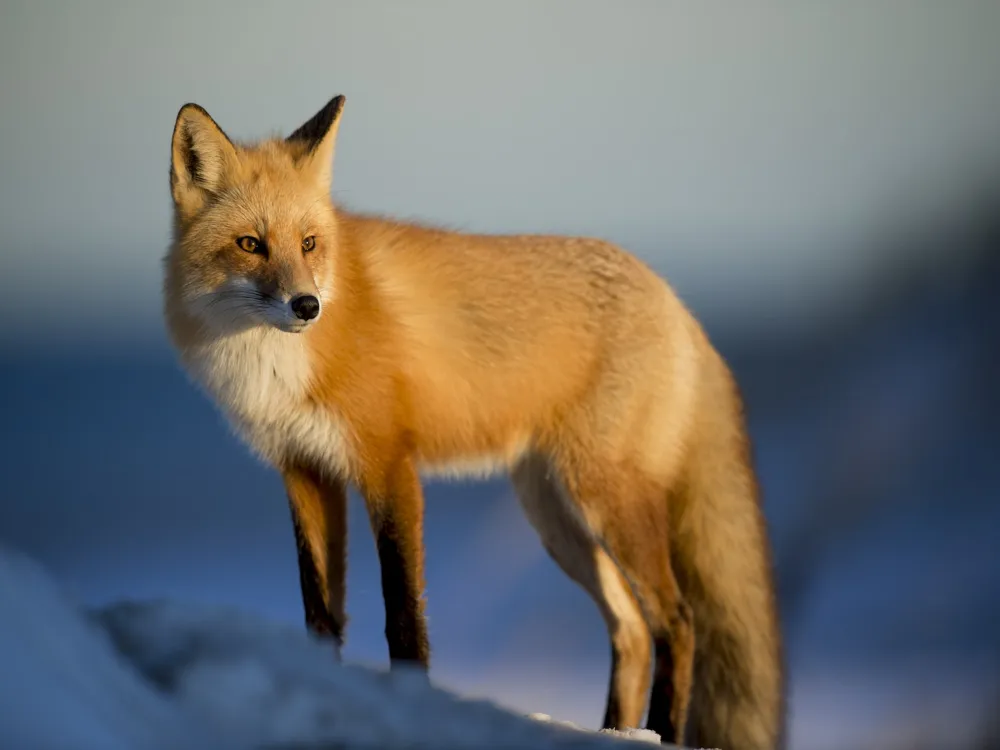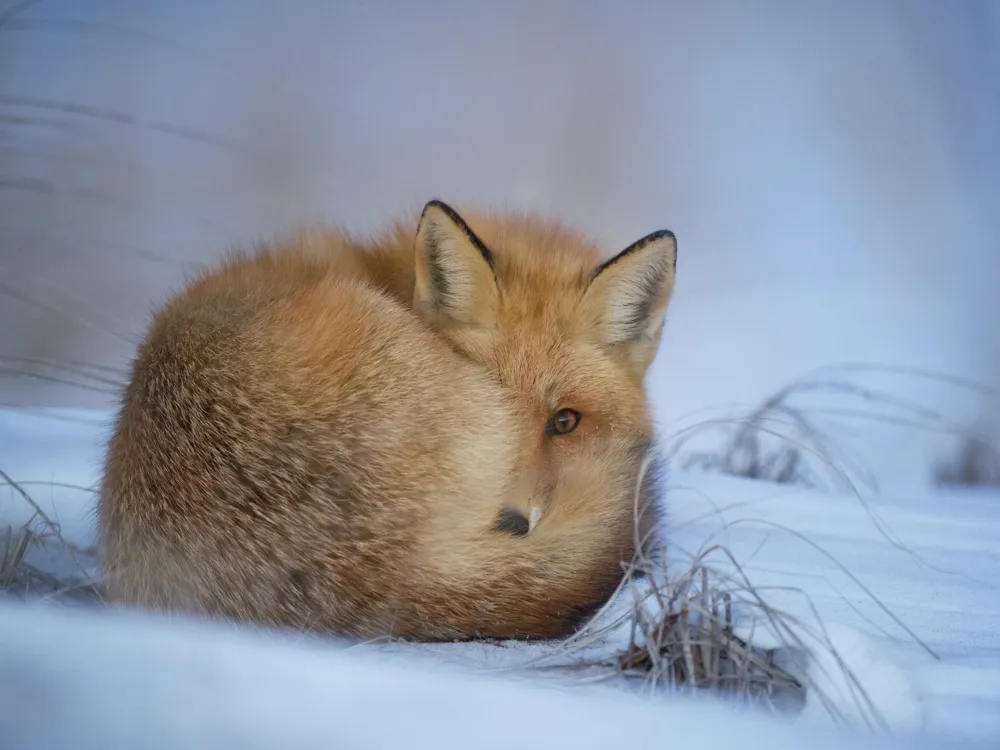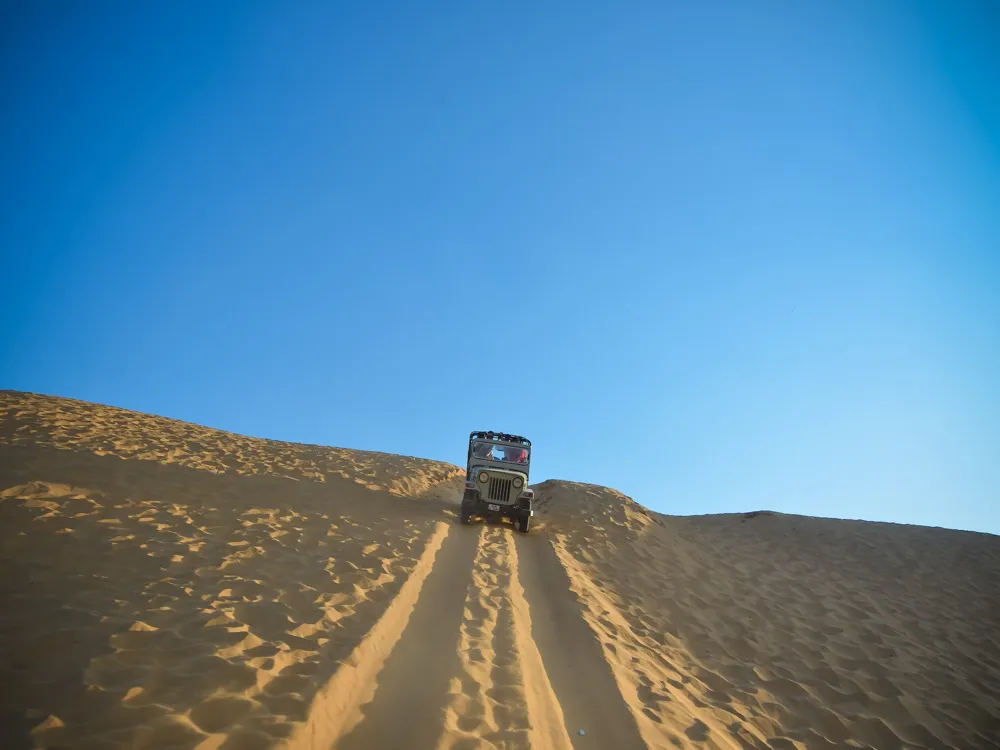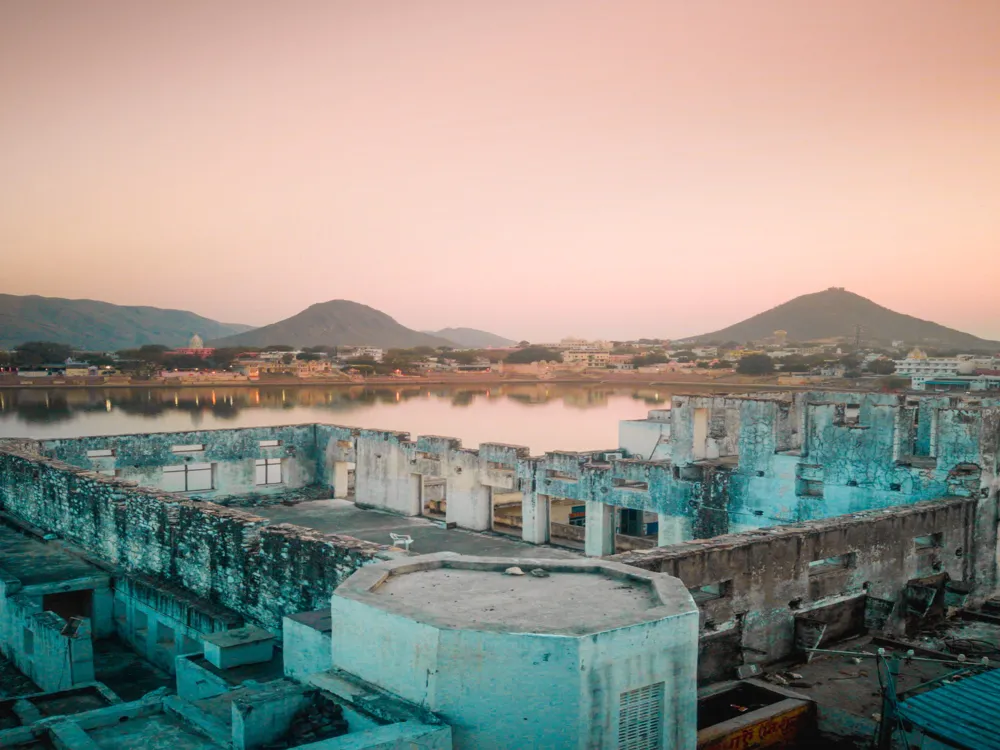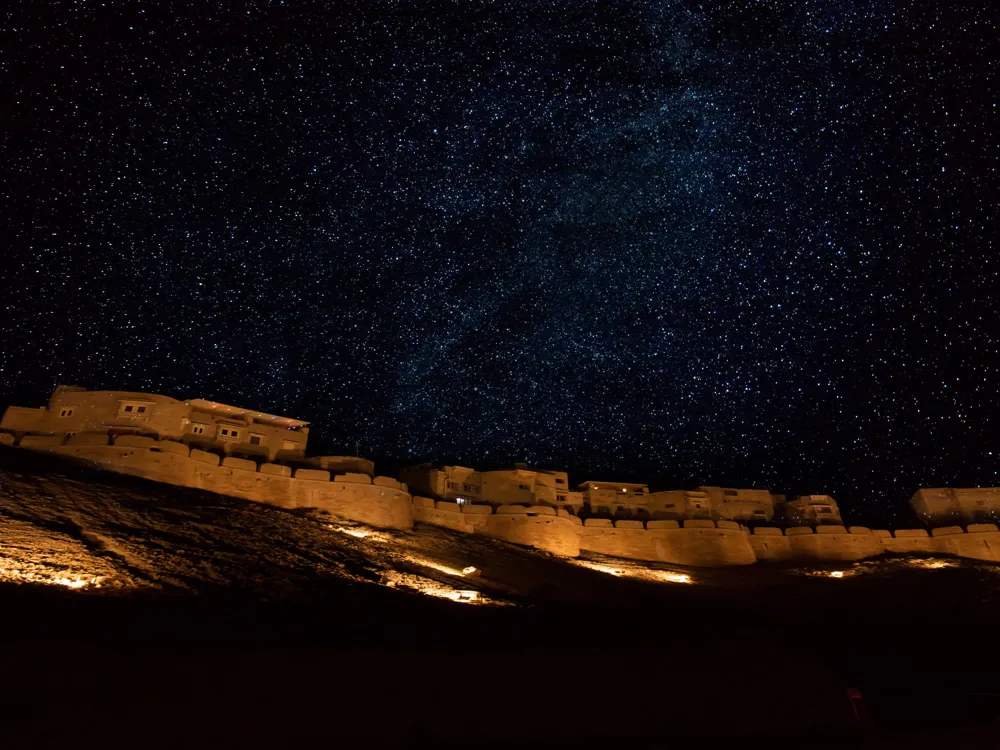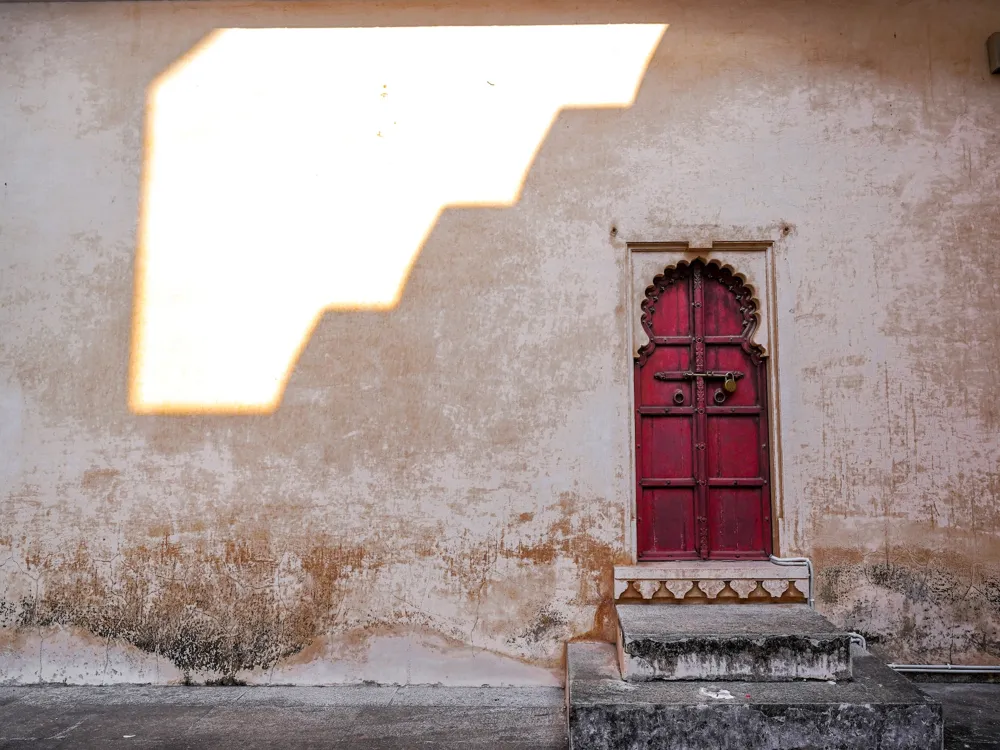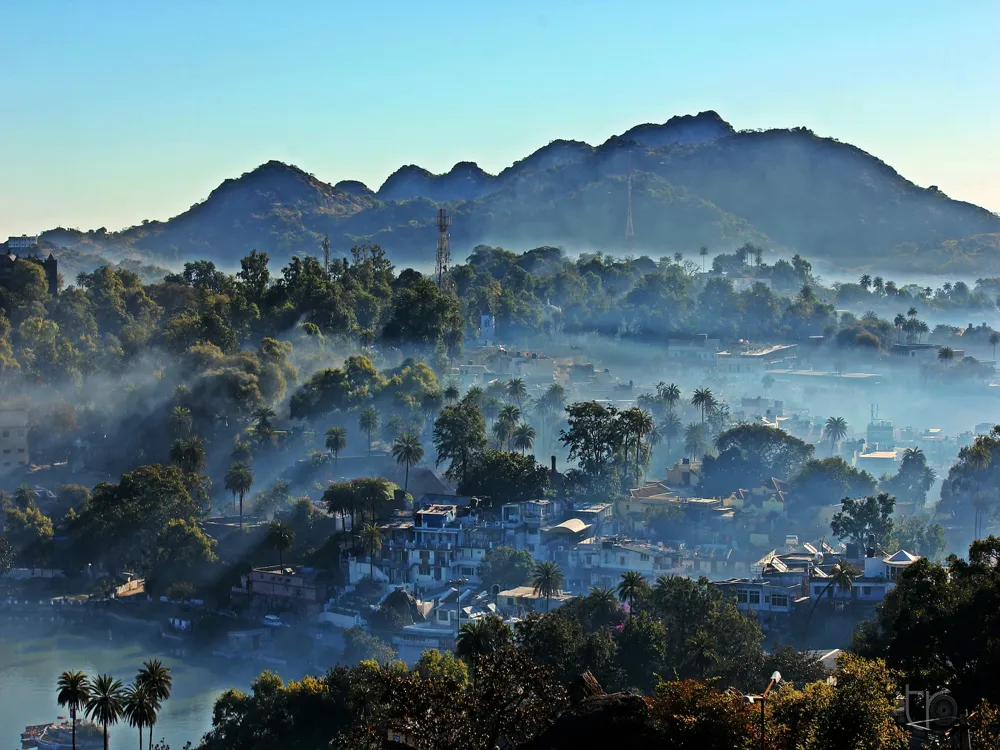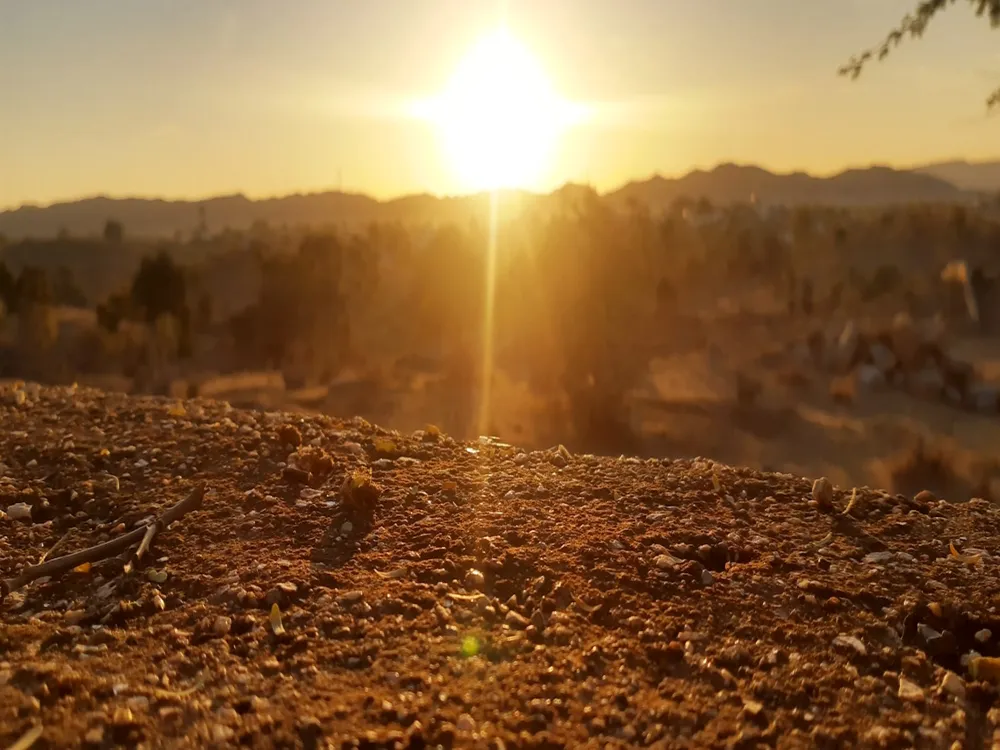The Jodhpur International Desert Kite Festival is a vibrant and colorful event, celebrated annually in the heart of Rajasthan, Jodhpur. This festival, a significant part of Jodhpur's rich culture and heritage, attracts kite enthusiasts and tourists from all over the world. It is typically held in January, coinciding with the auspicious occasion of Makar Sankranti, a festival marking the sun's transition into the zodiac sign of Capricorn. The festival transforms the sky into a dynamic canvas, adorned with kites of various shapes, sizes, and colors. The origin of the festival dates back several centuries, rooted in the local traditions and folklore of Rajasthan. It symbolizes the spirit of joy, freedom, and celebration, reflecting the colorful ethos of the region. Over the years, the festival has evolved into an international event, showcasing not only traditional Indian kites but also various international kite-flying styles and designs. The festival is more than just a kite-flying event; it's a cultural extravaganza featuring folk music, dance, and a showcase of Rajasthani craftsmanship. During the festival, the skies over Jodhpur's majestic forts and palaces become alive with kites from dawn till dusk. The event also includes competitions, such as the 'Fancy Kite Flying' and 'Longest Kite Flying Duration', adding a competitive edge to the festivities. As night falls, the sky is lit up with illuminated kites, known as tikkas, creating a mesmerizing spectacle. The Jodhpur International Desert Kite Festival not only celebrates the art of kite flying but also serves as a platform for cultural exchange and tourism promotion. The architecture of Jodhpur, often referred to as the 'Blue City', plays a pivotal role in the festival's ambiance and experience. The city is known for its blue-painted houses, which are particularly striking against the backdrop of the Thar Desert. The Mehrangarh Fort, an architectural masterpiece, towers over the city and offers an extraordinary venue for the kite festival. The fort's expansive courtyards and elevated platforms provide perfect vantage points for kite flying and observing the colorful spectacle in the skies. Jodhpur's architecture, characterized by its Rajputana style, blends beautifully with the festival's ethos. The intricate jharokhas (overhanging enclosed balconies), jaalis (latticed screens), and chhatris (elevated, dome-shaped pavilions) of the historical buildings add an element of grandeur to the event. These architectural elements not only enhance the visual appeal but also serve practical purposes. The jharokhas and jaalis, for instance, provide ideal spots for kite enthusiasts to engage in friendly duels, while the chhatris offer shelter and a panoramic view of the festivities. The city's layout, with its narrow lanes and clustered houses, creates an intimate setting for the festival. The rooftops of these houses become platforms for families and friends to gather, fly kites, and enjoy the communal spirit of the event. The architectural harmony of Jodhpur, combining both historical and cultural elements, contributes significantly to the unique experience of the International Desert Kite Festival. Considering the outdoor nature of the festival, it's advisable to wear comfortable and modest clothing suitable for the desert climate. Opt for light, breathable fabrics and protect yourself from the sun with hats and sunglasses. The dry desert climate can be dehydrating, especially if you spend long hours outdoors. Always carry water with you and stay hydrated throughout the day. If you're new to kite flying, it might be helpful to learn some basic techniques beforehand. Local kite flyers are usually more than happy to share tips and tricks. Rajasthani cuisine is rich and flavorful. Don't miss out on the local dishes like Dal Bati Churma, Gatte ki Sabzi, and Mirchi Bada. When interacting with locals or visiting religious sites, it's important to be respectful of their customs and traditions. Dress modestly and ask for permission before taking photographs. Jodhpur is well-connected by air, rail, and road. The Jodhpur Airport is connected to major cities in India. The city's railway station is a major junction with extensive rail links. By road, Jodhpur can be accessed via national and state highways from various parts of Rajasthan and neighboring states. Once in Jodhpur, local transport options like auto-rickshaws, cabs, and buses are available to reach the festival venue. Read MoreOverview of Jodhpur International Desert Kite Festival
Architecture of Jodhpur International Desert Kite Festival
Tips When Visiting Jodhpur International Desert Kite Festival
Dress Appropriately
Stay Hydrated
Learn Basic Kite Flying
Explore Local Cuisine
Respect Local Customs
How To Reach Jodhpur International Desert Kite Festival
Jodhpur Tourism
Jodhpur International Desert Kite Festival
Jodhpur
Rajasthan
₹ 12,000 onwards
View jodhpur Packages
Jodhpur Travel Packages
View All Packages For Jodhpur
Top Hotel Collections for Jodhpur

Private Pool

Luxury Hotels

5-Star Hotels

Pet Friendly
Top Hotels Near Jodhpur
Other Top Ranking Places In Jodhpur
View All Places To Visit In jodhpur
View jodhpur Packages
Jodhpur Travel Packages
View All Packages For Jodhpur
Top Hotel Collections for Jodhpur

Private Pool

Luxury Hotels

5-Star Hotels

Pet Friendly







